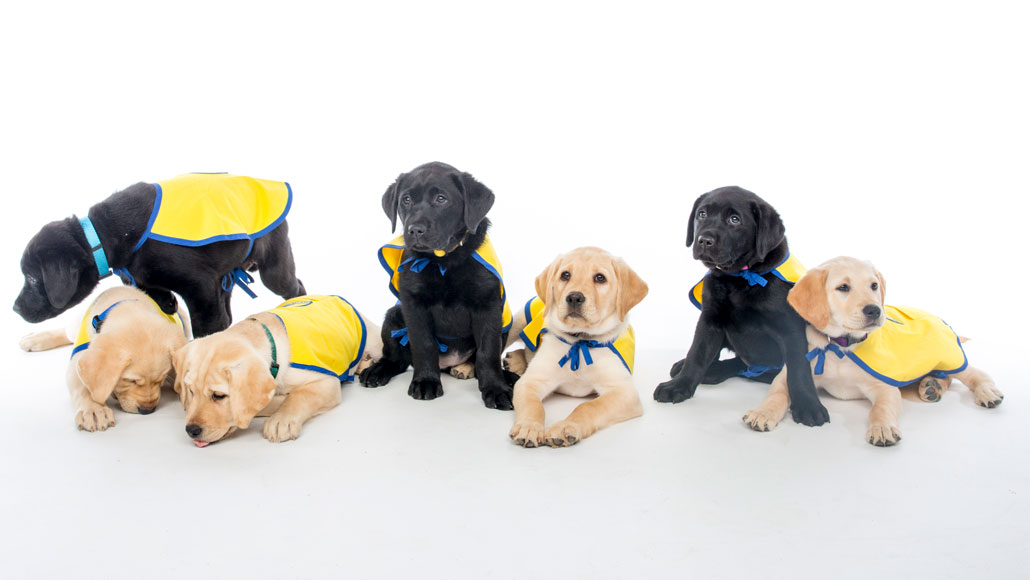Questions for “Even raised by people, wolves don’t tune into you like your dog”

Researchers investigated when dogs’ ability to understand human gestures begins. To do this, the scientists enlisted 44 puppies from the Canine Companions for Independence program (some pictured here at the Duke Puppy Kindergarten).
Jared Lazarus